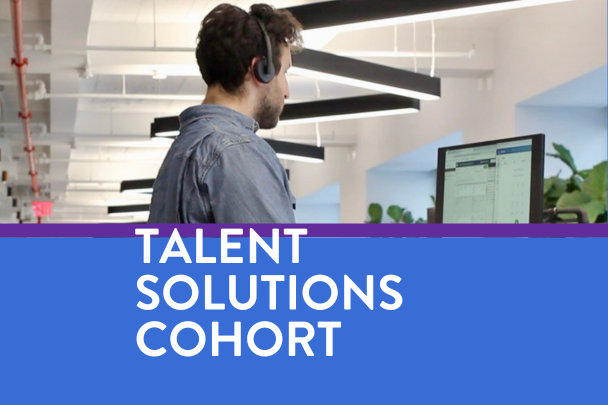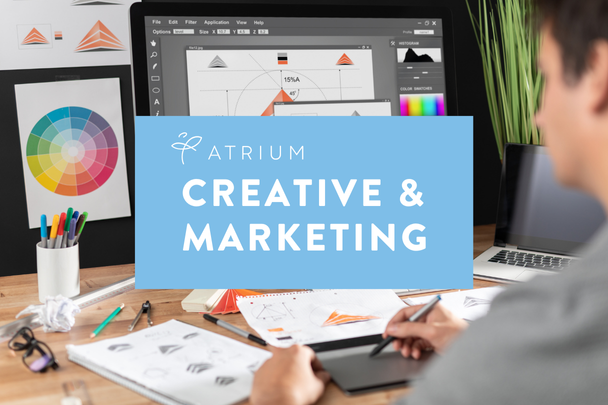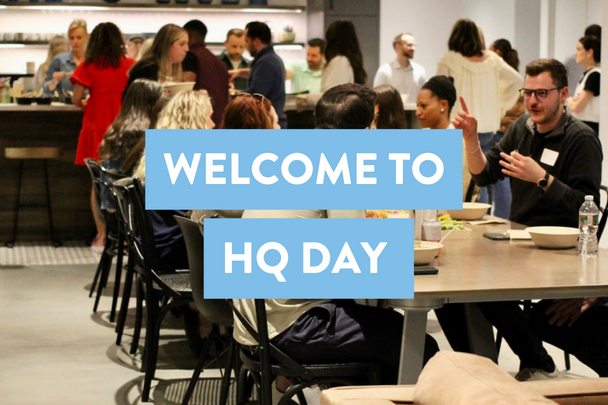I vividly remember the day I interviewed my first candidate—she was nervous, and so was I! Even then, I knew she deserved my full attention and follow-through. She wasn’t just another applicant among many; she was a person who was looking to take the next step in her career. I saw it as my responsibility as a recruiter to offer an exceptional experience, even at a time when the industry didn’t prioritize it. I knew that in order to do right by my client, I needed to do right by my candidate. And I realized that trust and loyalty were essential in building a virtuous circle among both groups.
That was when I committed to improving the hiring experience for both candidates and clients. When I started Atrium in 1995, I took it a step further and developed our Applicant-Centric philosophy, which means approaching hiring from the perspective of the candidate. This approach attracts higher-quality candidates, which leads to better placements and more satisfied clients. It benefits the talent ecosphere by providing a thoughtful, personalized hiring experience that exceeds expectations and creates long-term partnerships.
The Evolution of Candidate Experience
Perhaps a great candidate experience was easier to achieve nearly thirty years ago. This was before AI, automation, and Gmail. People connections were simpler to achieve. Whether it was face-to-face conversations, phone calls, or even handwritten letters, the means of communication were simpler and more personal. There was a certain charm to the effort that people put into connecting with each other, and the lack of technology made these connections feel more authentic. And while the tools we use to connect and the pain points of today’s workforce have changed, at the core, the lifecycle of attracting and engaging a contingent workforce is similar now to what it was when I started Atrium.
According to a recent study, 75% of professionals accepted a job offer because of the positive candidate experience during the application process. That’s nothing to sneeze at. Today, candidate experience may be the one thing that is winning over hard-to-find candidates in a tight labor market. Candidate experience has been a popular initiative for quite a while now, but the way we approach it has evolved over time. Leaders need to adapt to achieve the harmony of flexibility that everyone desires and create a positive recruitment experience.
A Two-Way Street
It’s important to note here that candidate experience is a two-way street. It’s not just about keeping the candidate happy – it’s about the benefits your company reaps from doing so. The stats tell an intriguing story. Research has shown that organizations that invest heavily in candidate experience see a 70% improvement in the quality of hire. And when three-quarters of candidates accept an offer because of the candidate experience, it significantly reduces the time and money wasted on mishires. Those same candidates with exceptional onboarding experiences are 2.6 times more likely to be “extremely satisfied” and stay with the company for a longer period of time. It’s clear you get what you give.
Where To Start Today
The landscape and appetite for the candidate experience have evolved. Change is great, but how does it help us grow? We need to continue building on the foundation we have created and be willing to shift and change when necessary. To achieve this goal, we need to ask the right questions.
In the spirit of working smarter, not harder, I have compiled a list of key questions that can help us visualize how seemingly small moments in the hiring process can make a significant difference. Answering these questions can lead to ‘aha’ moments and reveal where we need to improve. These moments can be simple yet powerful and can give us a fresh perspective on the state of candidate experience at your organization.
Transparency:
- Are we providing accurate and digestible information about job roles, responsibilities, and expectations?
- Do we communicate our company culture, values, and mission to candidates?
- Are we transparent about the hiring process, including timelines and next steps?
- How do our efforts compare to industry standards and best practices?
Employer Branding:
- Do we have an accurate understanding of what candidates think about our company’s culture, values, and reputation?
- Are we effectively promoting and communicating our employer brand through our website, job postings, and social media?
- Are we monitoring and managing our employer brand reputation online?
Communication:
- Is our communication with candidates timely, clear, and effective?
- Are we responsive to candidates’ questions?
- Do candidates find it easy to communicate with us?
- How can we improve our communication processes to enhance the candidate experience?
Inclusion:
- Are our job descriptions inclusive?
- Are the qualifications listed essential to the role?
- Do our recruitment channels reach a diverse range of applicant pools?
Consistency:
- How structured and standardized are our interviews?
- Are we using a consistent set of questions that are directly related to job performance?
- Do we have a scoring system that is objective and fair?
Clarity and Opportunity
By asking these simple questions, you gain clarity into your process and identify areas of opportunity. It’s just the first step, but an important one towards offering the best possible experience to your clients and candidates. If you ask the right questions and establish the right processes, you’ll make the right matches for your company – which means you’ll build a unique and loyal workforce that mirrors your mission and values. When you take the time to pay attention to small details, you’ll be amazed at the impact.











